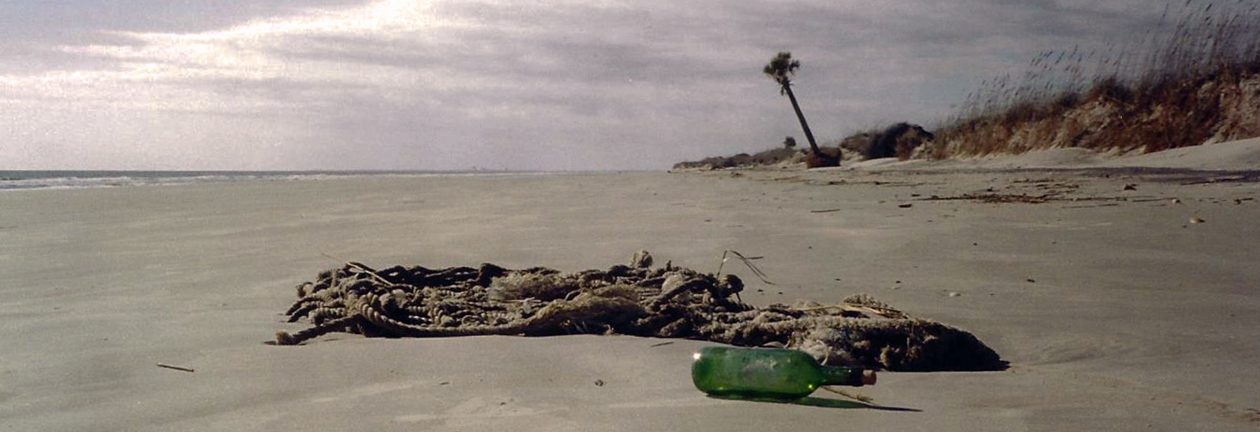Gori, Georgia
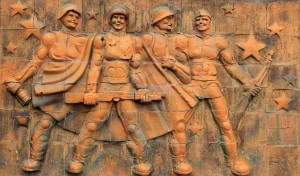
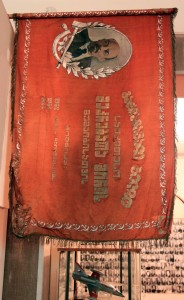
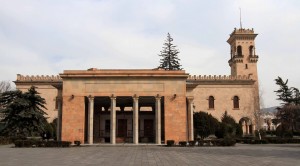
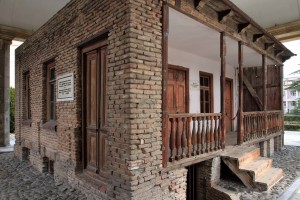
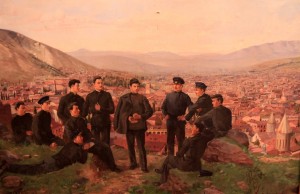
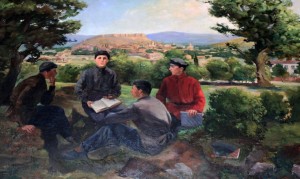
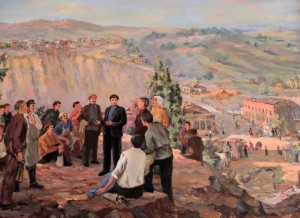
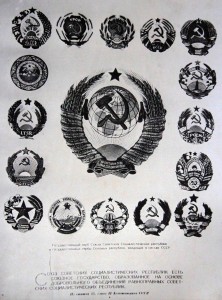
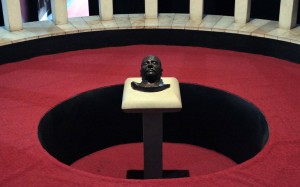
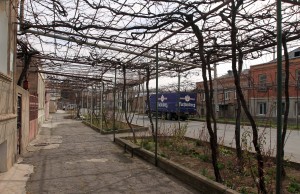
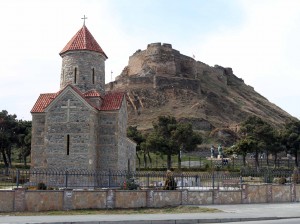
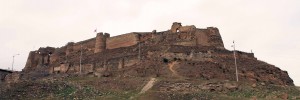
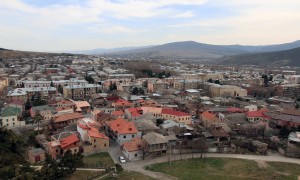
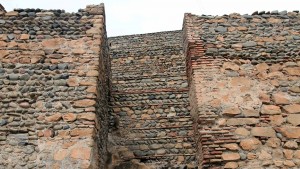
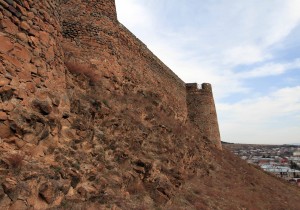
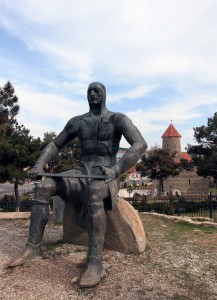
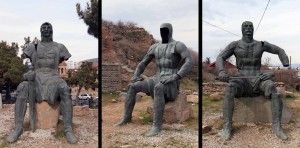

I slept in a little today, but eventually roused myself up after 10:00. I then showered and shaved my nearly-one-month beard growth. I dressed for the cold weather, although not enough (the wind made it cold), and walked outside. I walked to Stalin Avenue and headed north. Along the way, I stopped inside the Great Patriotic War Museum (the Soviet Union’s name for the European part of World War II) and looked at the exhibits detailing the Nazi invasion and the ensuing Soviet offensive, mainly told from the Georgian point-of-view; unfortunately, all the displays were in Georgian and Russian, so I could not read the state approved narrative and had to be content putting the pieces together through photographs, military maps, and artifacts. Also, there was a small exhibit on the Russian invasion of Georgia in 2008 AD that commemorated Georgians who had been killed by Russian aggression. Overall, it was a nice museum and the entrance ticket was cheap (like many things in this country), thus completely worth my time. Next, I walked to the Stalin Museum, built next to the house he was born in – a quaint little home that is now caged inside a Greco-Italianate designed pavilion (though there is some scholarly dispute as to whether or not this was the actual home he was born and raised in for the first four years of his life; also, history has taught us that it is unwise to believe anything the Kremlin tells us). After passing by the birthplace of history’s second-greatest mass murderer (the internet has informed me that Mao Zedong is the greatest with about 60 million souls to his credit, as opposed to Stalin’s measly 40 million – Hitler takes third place with 30 million), I walked inside the museum, bought my ticket, and then wandered through the exhibits, looking at all the artifacts and paintings depicting Stalin as a Messiah-like figure (some are downright laughable in their portrayal of a young and enlightened Stalin preaching to his peers – though don’t tell the residents of Gori that, they still see him as a hometown hero); I also viewed a copy of his death mask that was display inside the museum. After touring the museum, I then had an attendant take me inside one room in his house, and then inside his personal railway carriage that he used from 1941 AD onwards. Once I completed my visit at the Stalin Museum, I walked around the neighborhood in Gori for a short time before heading west to the Historical Ethnographic Museum. This museum was small, but had a nice collection of artifacts and traditional costumes, musical instruments, etc. I entered inside the museum and an attendant showed me around; unfortunately, no photographs were allowed inside the archaeological exhibition rooms; otherwise I would share images of ancient, small, bronze male figurines depicted with their hands held up to their heads, like antlers (and some of their grossly-proportioned hands look much more like antlers than human hands). After touring the Ethnographic Museum, I walked to the old part of town (where the hostel I’m staying at is located) and stopped inside a pub to have lunch (which consisted of sausages, mustard, bread, and beer). After lunch, I walked up to the Gori Fortress, located on top of the hill within the city. Gori Fortress (or “Goris Tsikhe”) is a medieval citadel that first appears in thirteenth-century AD records, but archaeological evidence shows that the area had already been fortified in the last centuries BC; the fortress acquired its present-day form under the Georgian kings Rostom of Kartli in the 1630s and Erekle II in 1774 AD. I braved the strong winds and entered inside the fortress . . . where there was not much to see, but there were great views of Gori and the surrounding mountains – the best views of the fortress were all from the outside. After walking around the interior of the citadel, I exited it and walked to a monument of seven statues depicted in medieval attire that –according to locals – commemorate seven brothers killed in a Nazi air strike during “The Great Patriotic War.” I then walked to a nearby grocery store and bought some dates, chocolate, water, beer, and wine. I then returned to my room in the hostel and consumed the water, beer, and dates. It didn’t take long for me to open the wine and drink that down as well – it was a dry white wine made from Kisi and Mtsvane grapes, and it tasted like a bouquet of flowers, hay, and light notes of tropical flavors . . . quite satisfying. I then listened to music and worked on the website while also conducting research on future legs of my journey. Eventually, I went to sleep around 22:00.
